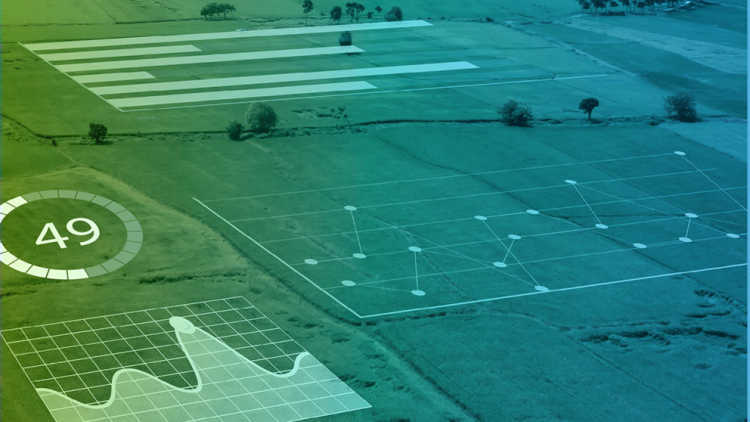Good data speeds AI development

If the term artificial intelligence (AI) conjures up an image of a human-like robot competing with real people on the game show Jeopardy, well, that’s definitely a possibility. But AI is already being used behind the scenes in many day-to-day applications.
This technology is all about interpreting the huge reams of data we can generate and store.
It’s being touted as technology that will impact all of our lives and disrupt every business sector. Data-driven intelligence is probably a more accurate description, as this technology is all about interpreting the huge reams of data we can generate and store online. The intelligence part comes from formulas or algorithms that process the data to arrive at a conclusion – and it happens almost instantaneously.
There are too many examples to list, but here are a few very common and powerful uses for AI in our everyday lives.
Navigation
Apps like Google Maps and Waze use millions of data points to make an optimum route recommendation for your trip. They take into account the results of previous trips, the time of day, road construction, and any other variables that might impact how long it takes to get from Point A to Point B. We’ve all had the experience where the app is telling us to go a different route than we would normally take – sometimes it’s hard to trust the recommendation! The data is applying artificial intelligence. In other words, the app may know something we don’t about our normal route.
Health care
A good doctor draws on what they learned in med school and their experience on the job to help diagnose and treat patients. But using AI takes into account thousands of patient profiles with similar symptoms, the treatments used and the final outcomes. Cancer diagnosis and treatment selection is becoming a high-profile use for AI platforms. AI is also helping medical researchers develop and assess new treatments much faster by accessing large data sets from current and past experiments.
Music, social media and entertainment
If you use apps like Spotify for music or Netflix for TV viewing, your selections generate a profile and data points that are run through the content algorithms. You will start to receive prompts from the apps suggesting music or movies that you might like, based on your previous choices and data from other users that supports the recommendation. Social media platforms like YouTube and Facebook do the same thing. Even the ads you see online are based on how an AI algorithm interprets your internet use patterns.
Agriculture has the data
Experts predict AI will have an enormous impact across all sectors within agriculture and it’s because of our ability to gather data. It started with yield monitors, but it goes well beyond that now. Farm operators of all stripes can access technologies that allow them to collect the data required to fuel AI algorithms. The internet of things comes into play here. Connected sensors in fields, equipment, barns, greenhouses, etc., generate data. The potential for this data, gathered and connected to the internet in real time, enables management decisions immediately. This represents a major step forward from the days of collecting data now to influence decisions in the future.
There are numerous examples of farm equipment already taking advantage of AI. Robotic weeders differentiate between the crop and unwanted weeds because of the database of weed images that has been loaded into the algorithm guiding the tool. It may take thousands of images to account for all growth stages of a specific weed species in different lighting and positions, but as the data accumulates the algorithm gets stronger and the performance improves steadily. Equipment like combines and seeders that require precise settings can use AI to adjust the settings automatically and on the fly, ensuring optimal performance and efficiency.
We all know how important weather is to the eventual outcome for crop producers. Using field-specific weather data can allow AI software to make more informed decisions about crop protection treatments. The algorithm considers all the factors that allow a pest or disease to either flourish or be a non-factor for the crop, eliminating unnecessary applications and improving the timing if control measures are required.
Livestock monitoring
Building on the power of real time data, livestock producers who monitor their herds via connected devices (think FitBit for critters) can use algorithms that detect or even prevent disease problems. Robotic milkers led the way in gathering detailed data generation for individual animals, enabling farmers to monitor feed intake, milk production and other health information. As other sectors find ways to gather this data, farmers can identify an animal generating data suggesting it is getting sick so it can be isolated and treated before spreading the problem to the entire herd.
The power of AI is based on plenty of high-quality data and the accuracy of the algorithm. Going forward, this should motivate farmers to ensure the data they collect is accurate and meaningful. This helps the algorithms get better, faster.
From an AgriSuccess article by Peter Gredig.

Using farm management software can boost your bottom line. Here’s how.